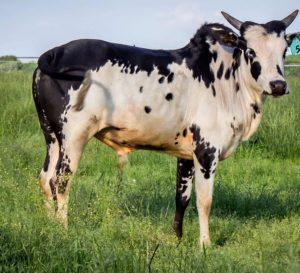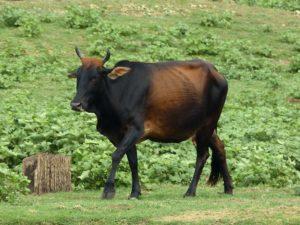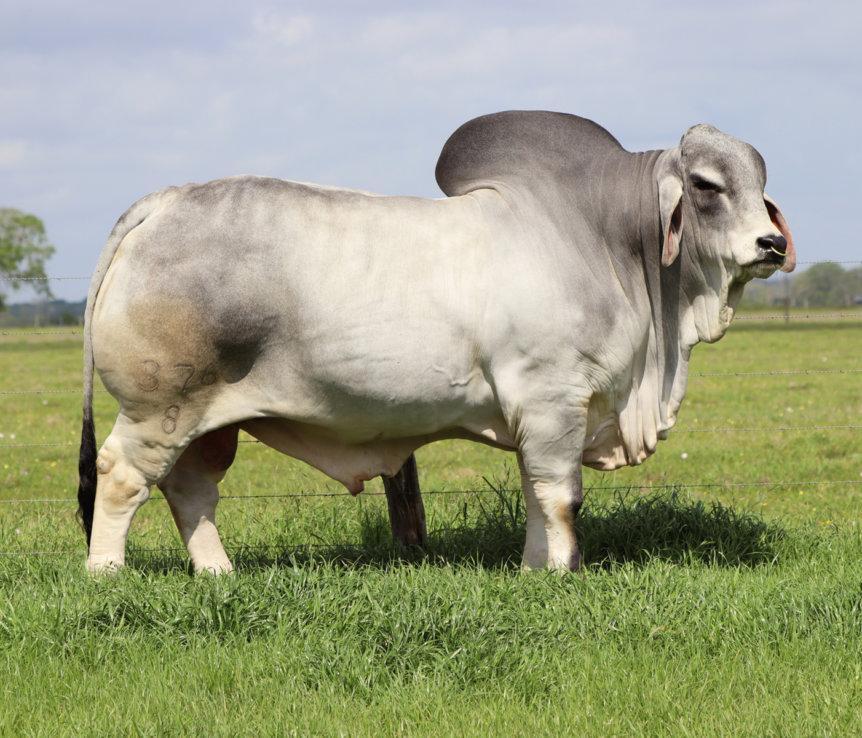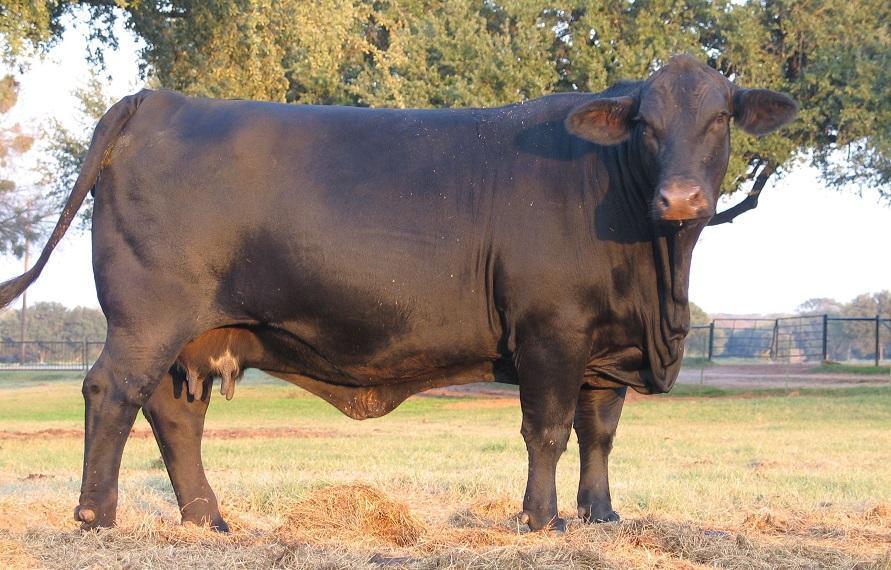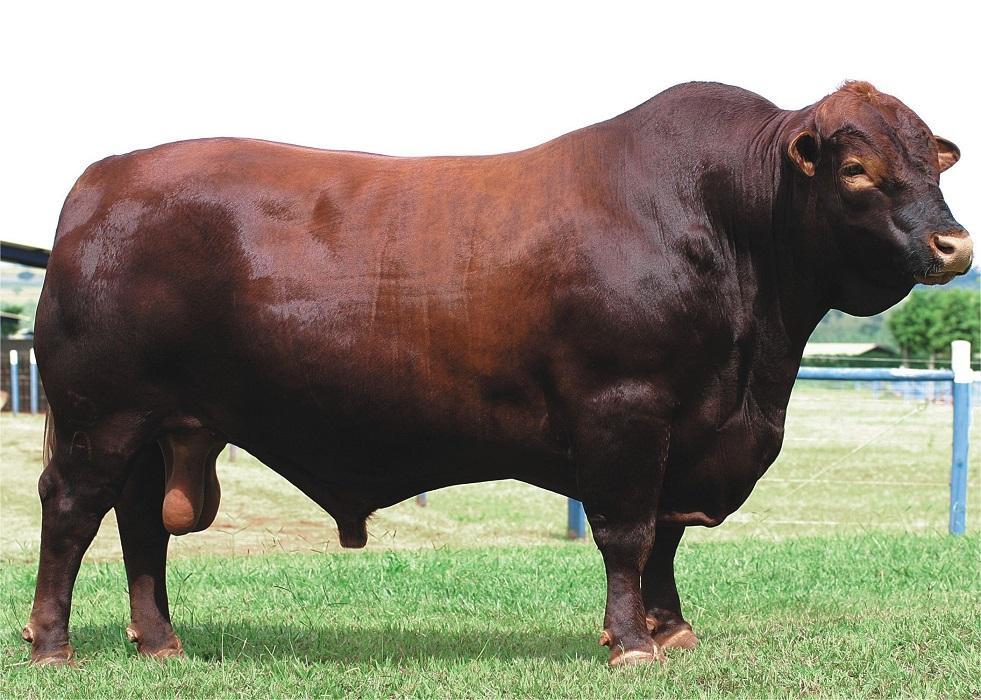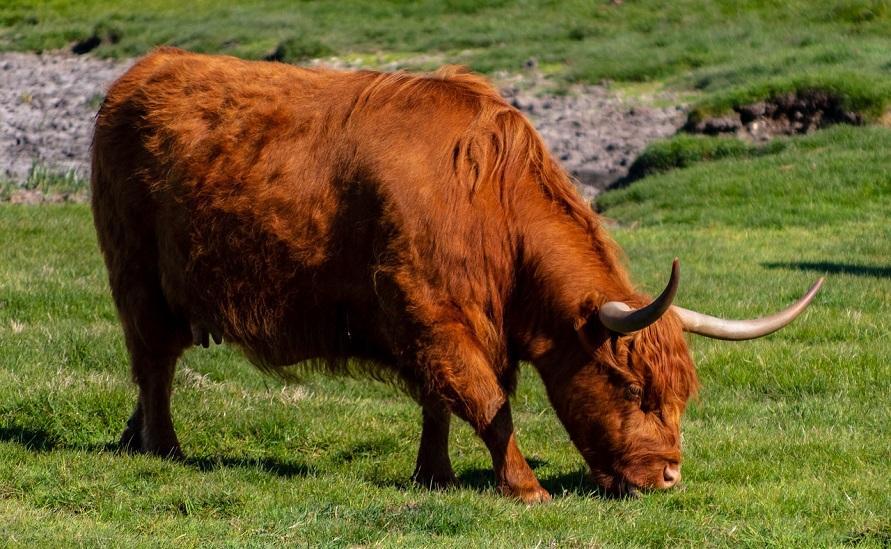Zebu Cattle
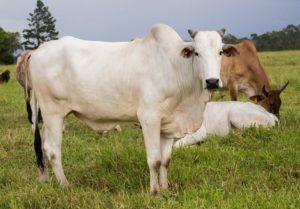
Zebu cattle are a common breed found in the Indian subcontinent. These cattle are easily recognizable from a hump on their back and a dewlap on their necks. They are commonly used as draught animals and for beef. In India, they are worshipped and are kept as dairy animals despite its poor milk production.
| Also Known As | Indicine cattle, humped cattle |
| Physical Characteristics | They have horns, loose skin, large ears, and a hump above their shoulders |
| Temperament/Personality | Friendly and docile |
| Coat Color | Black, brown, red, and white |
| Size | Small |
| Weight | 150-280 kg |
| Height | 86-107 cm |
| Uses | Draught and riding animals, dairy |
| Diet | Grasses |
| Lactation Period | 305 days |
| Gestation Period | 283 days |
| Lifespan | 20 years |
| Climate Tolerance | High temperatures |
| Price | $800-1200 |
| Country of Origin | Indian sub-continent |
History and Development
The ancestors of the zebu are the now extinct Indian aurochs. The depictions on the pottery of the Indus Valley Civilization confirm this.
With the help of archaeological evidence, one can determine that the zebu cattle were present in Egypt in 2000 BC, the Horn of Africa in 1000 BC, and sub-Saharan Africa between 700 and 1500 BC. From the 17th-18th centuries, ranchers imported them to Brazil from India, where they were crossbred with Brazilian cattle due to its heat resistance.
Milk Production
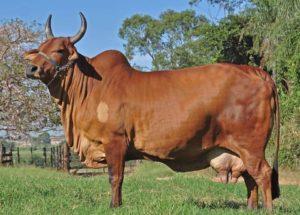
These cows have a low rate of milk production, only producing milk much later in their lives. They produce only two liters of milk daily. To increase milk production, zebu are often bred with taurine cattle.
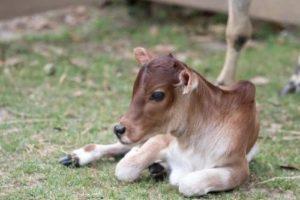
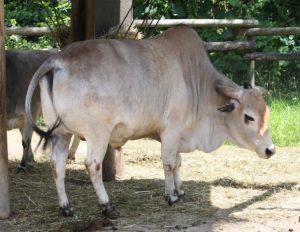
Meat Production
Around 40% of the zebu’s body weight is appropriate for consumption, making it good for meat production. The hump, in particular, tastes similar to caviar or truffles.
Interesting Facts
- In India, the zebu is venerated for religious purposes by the Hindu majority. Although there have been no temples dedicated to them, they have been treated with the same respect as ‘one’s mother’.
- Miniature zebu cattle, a miniature breed derived from the zebu, are popular pets in the United States of America.

